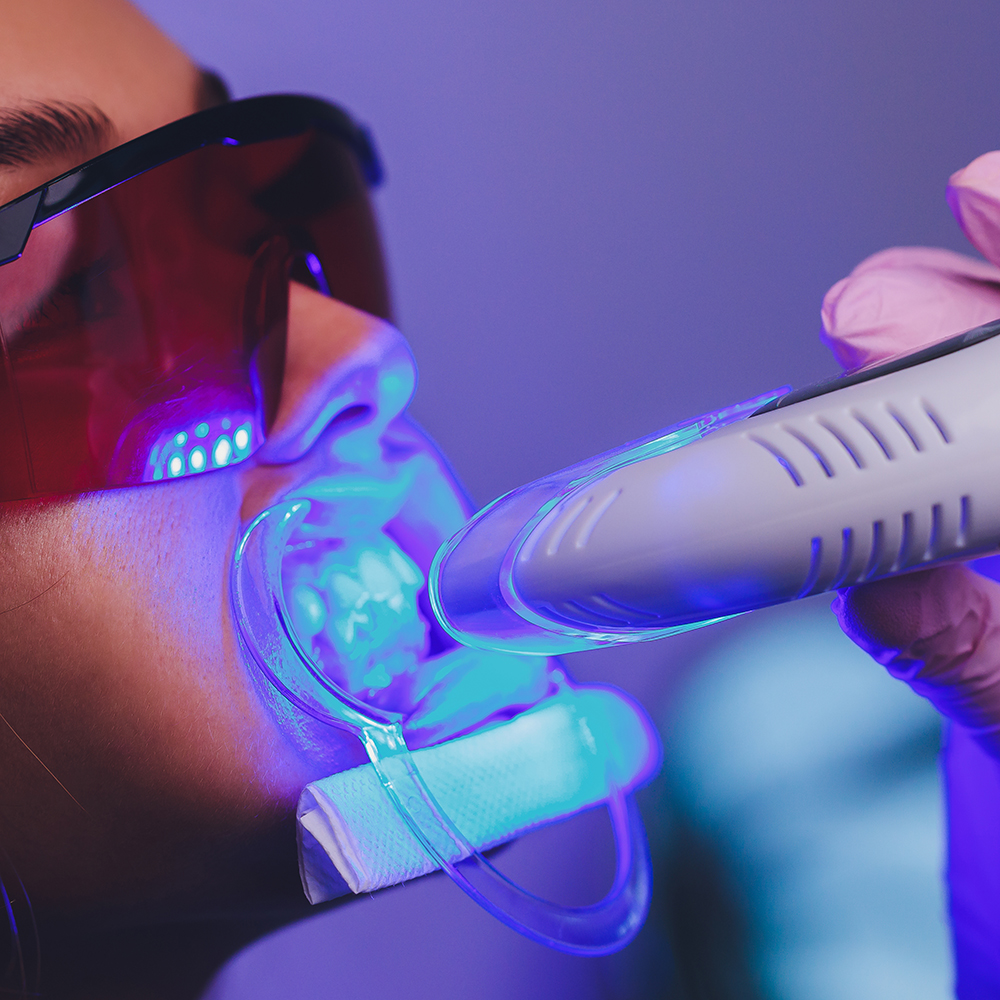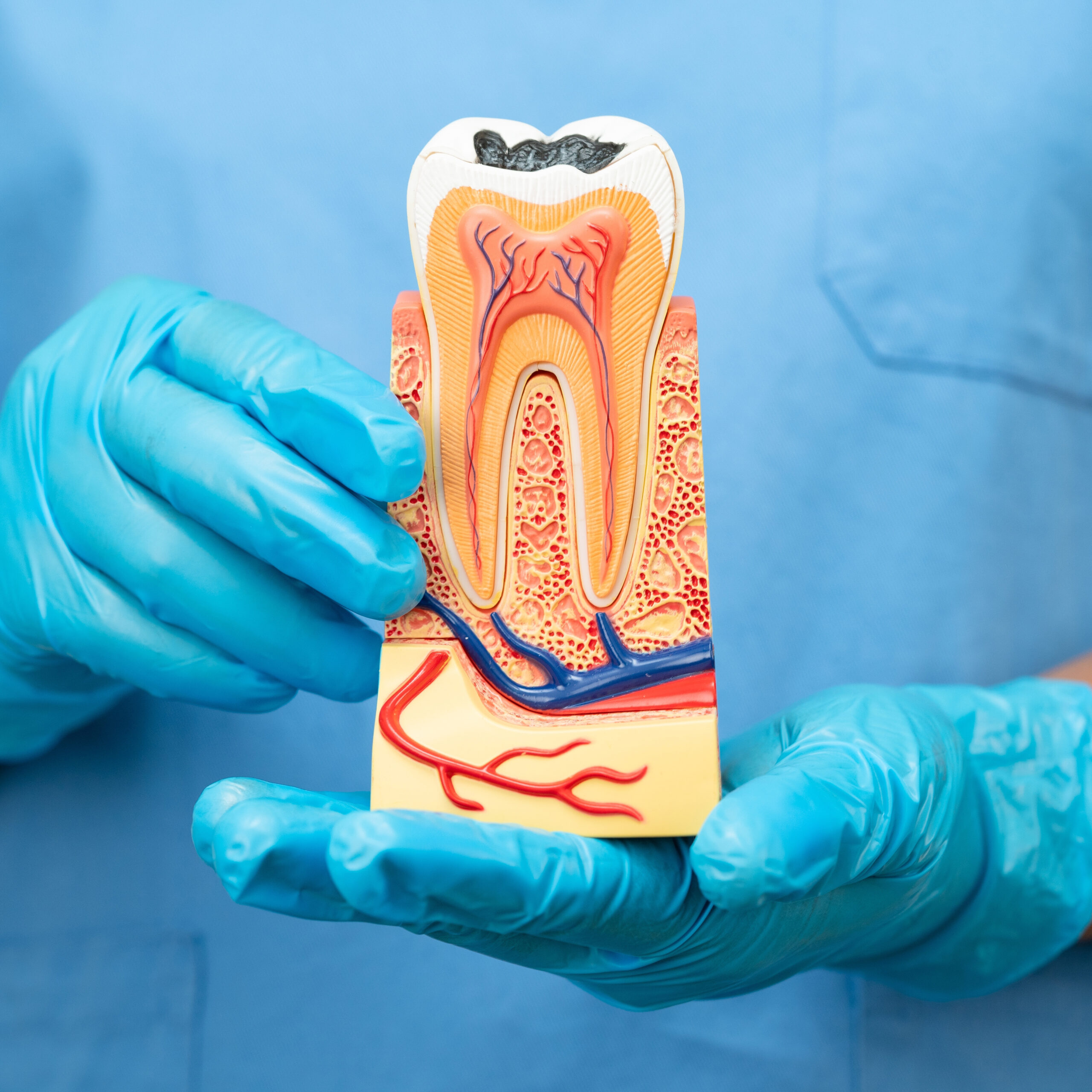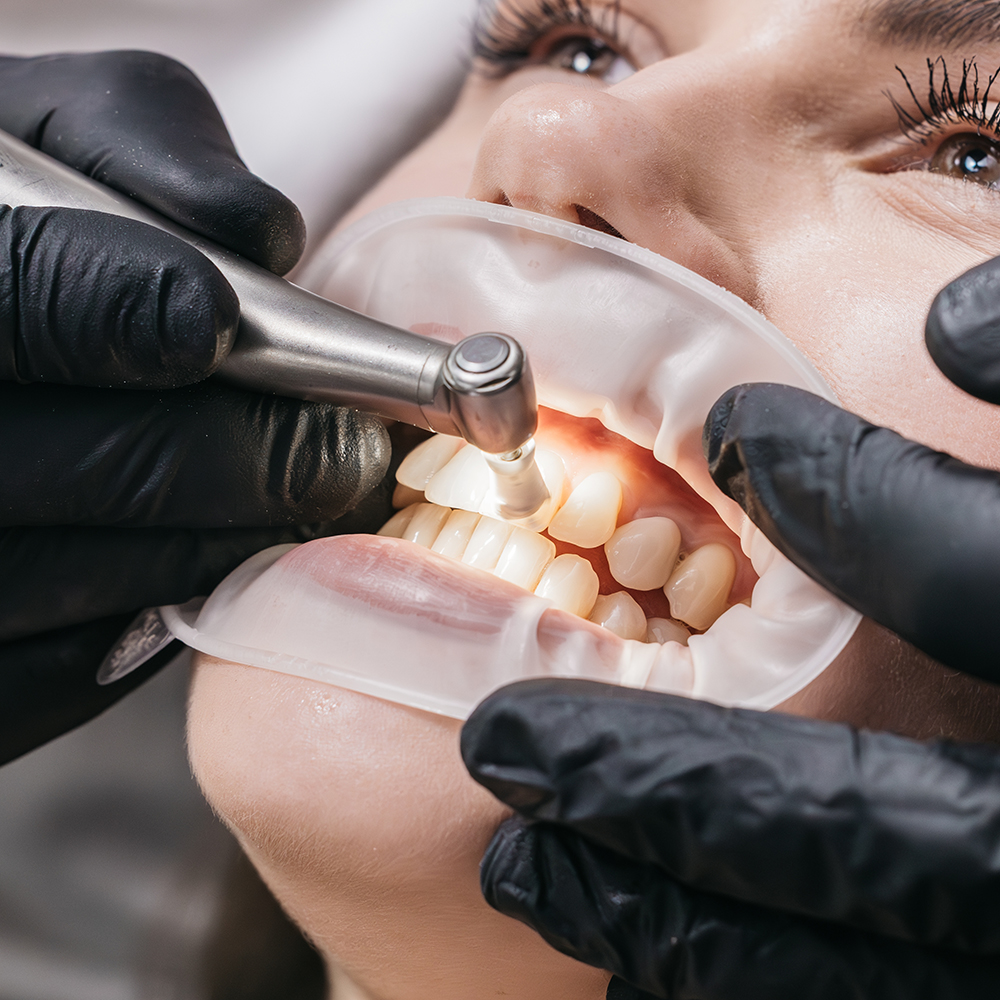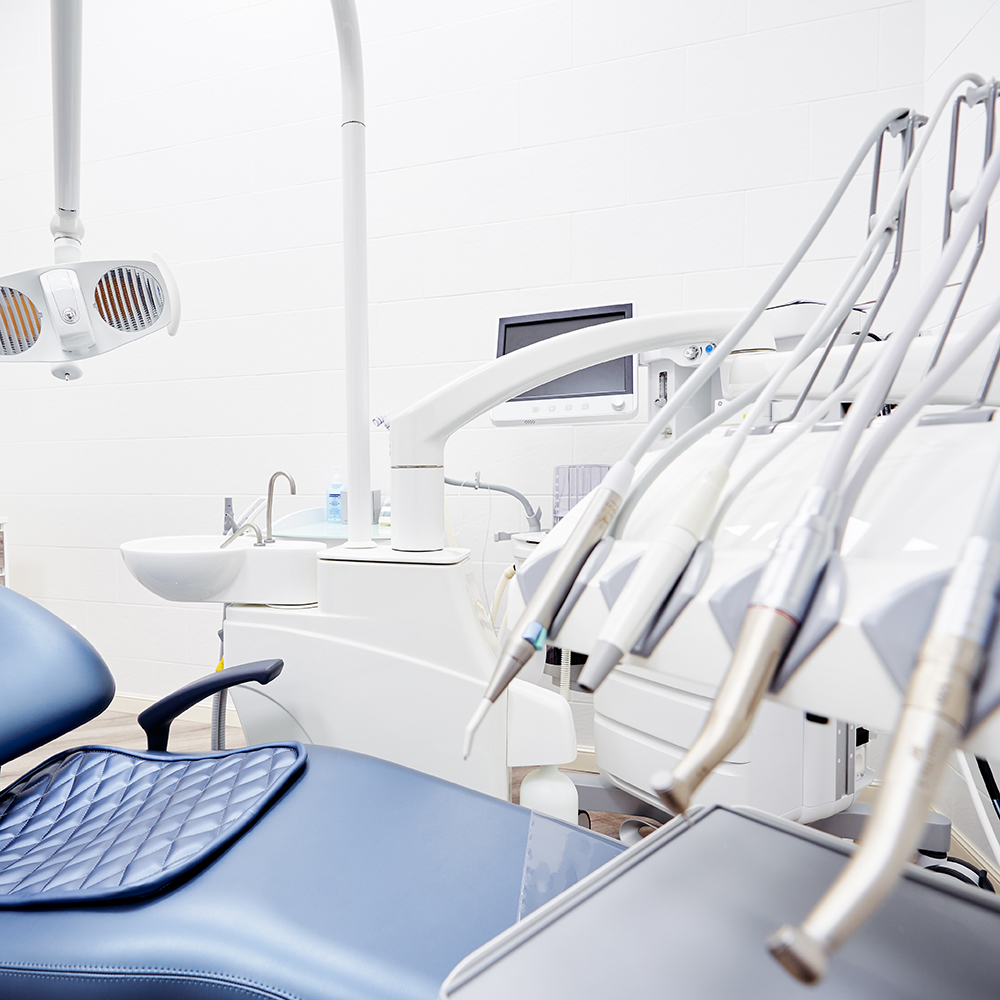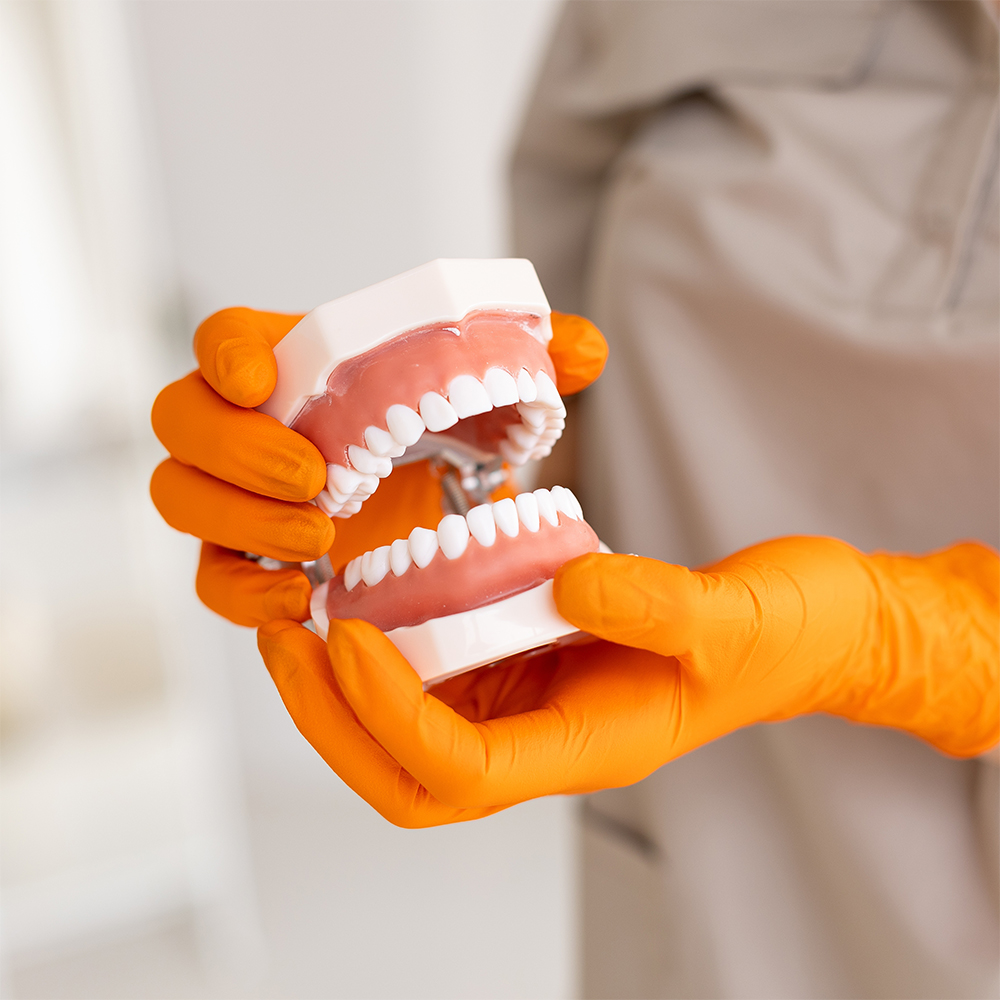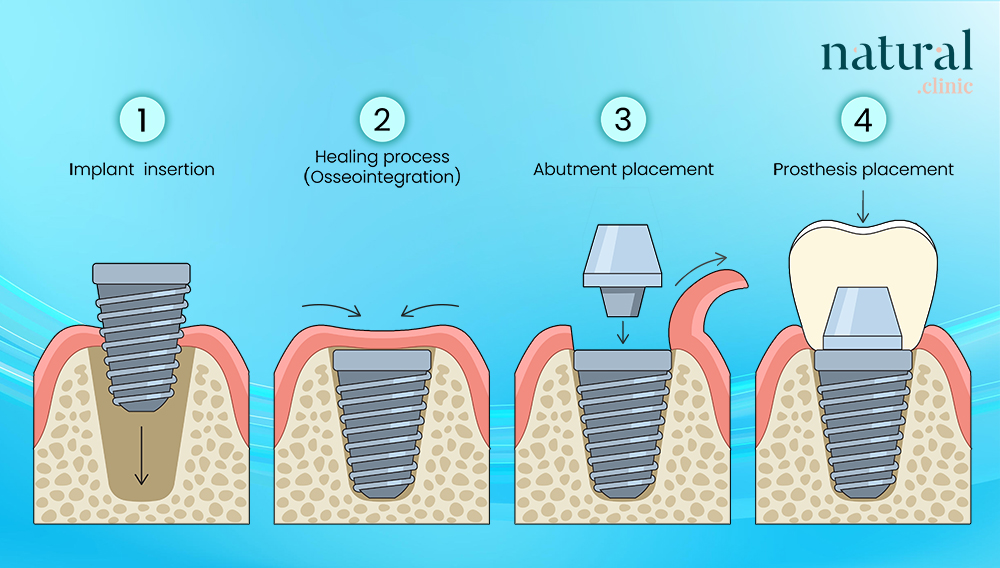
You’re not alone. More than 3 million people in the United States have already chosen dental implants, and this number grows by over 500,000 each year. Dental implant treatment is a journey that unfolds in multiple stages—from your initial consultation to the final restoration.
Starting this journey with a clear understanding of the process is crucial. Dental implant treatment takes time, often spanning several months. Knowing what to expect at each step empowers you to make confident and informed decisions for your dental health.
In this comprehensive guide, we’ll walk you through the dental implant process step by step—so you’ll know exactly what lies ahead.
Key Takeaways
- A detailed overview of the dental implant procedure
- What to expect at every stage of the treatment
- Importance of the initial consultation and evaluation
- Timeline for healing and restoration
- Benefits and qualifications for candidacy
What Are Dental Implants?
Dental implants are artificial tooth roots made of titanium that are surgically placed into the jawbone. They serve as a sturdy foundation for fixed or removable replacement teeth that look, feel, and function like natural teeth.
According to the Journal of Clinical and Experimental Dentistry, dental implants boast a success rate of over 95% even after 10 years.
Components of a Dental Implant
A dental implant consists of three main parts:
Titanium Root: Surgically embedded in the jawbone
Abutment: Connects the titanium post to the crown
Crown: The visible, tooth-like restoration
This three-part system mimics the structure of natural teeth, offering excellent stability and durability.
Benefits of Dental Implants
Choosing dental implants provides numerous benefits over traditional solutions like dentures or bridges:
Enhanced appearance and confidence
Improved chewing and speech ability
Jawbone preservation and stimulation
Long-term durability and reliability
No slipping or discomfort like removable dentures
“Dental implants can significantly improve a patient’s quality of life.”
Who Is a Good Candidate for Dental Implants?
Not everyone is immediately eligible for dental implants. Several health and anatomical factors play a role in determining your suitability for the procedure.
Health and Medical Requirements
- Overall health: Must be in good general health
- Gum health: No active gum disease or infections
- Immune system: Should support proper healing
If you have underlying conditions like uncontrolled diabetes, heart issues, or are undergoing treatments like chemotherapy, your dentist may suggest alternatives or additional steps before proceeding.
Bone Density Requirements
Sufficient jawbone density is essential for successful implant placement. If bone volume is inadequate, bone grafting may be required.
Contraindications for Dental Implant Surgery
While dental implants work for many, some people might not be eligible. Severe gum disease, low bone density, and certain medical conditions like uncontrolled diabetes or severe heart disease are examples. These can prevent you from getting dental implants.
Here’s a quick summary of what makes you a good candidate for dental implants:
| Factor | Requirement | Impact on Implant |
| Overall Health | Good overall health | Impacts healing and implant success |
| Gum Condition | Healthy gums | Affects implant stability and recovery |
| Bone Density | Adequate bone density | Critical for implant integration |
| Medical Conditions | Controlled medical conditions | Uncontrolled conditions may hinder healing |
Preparing for Your Initial Consultation
Your first consultation is the foundation of your dental implant journey. Preparation ensures a productive meeting with your implant specialist.
What to Ask Your Dentist
Make a list of questions for your dentist. Some important ones to ask:
What types of dental implants do you offer?
What is the typical timeline for treatment?
Are there any risks or side effects?
Do you offer dental implant packages for international patients (e.g., dental implants in Turkey)?
Medical History Documentation
Having your medical history ready is important. Your dentist needs this to see if you’re a good candidate for implants. Be ready to share your medical history and any current medications.
What to Bring
Your full medical history
A list of current medications
Insurance and financial information
Diagnostic Evaluation Before Treatment
A thorough diagnostic phase ensures the best possible outcomes and minimizes the risk of complications.
Imaging and Oral Examination
X-rays to assess bone structure
CT scans for detailed jaw and tissue visualization
3D imaging for precise treatment planning
Bone Assessment
Your dentist will evaluate your bone’s quality and quantity to ensure it can securely anchor the implant. An oral exam checks your gums, teeth, and overall health. It helps find any issues that could affect the implant treatment.
Digital Planning Technology
Digital planning technology makes dental implants more precise. It allows for virtual planning of implant placement. This ensures the best results and fewer complications.
With these diagnostic steps, your dentist can make sure the implant procedure is done with great care. This increases the chances of a successful outcome and a natural look.
Your Personalized Treatment Plan
Every dental implant case is unique. A tailored treatment plan is developed based on your oral health and restoration goals.
| Component | Description | Importance |
|---|---|---|
| Single/Multiple Implants | Defines treatment complexity and approach | High |
| Timeline Development | Lays out phases and expected completion date | High |
| Specialist Coordination | Involves surgeons, prosthodontists, and general dentists | High |
Single Tooth vs. Multiple Implant
A single tooth implant is simpler. The plan focuses on the tooth to be replaced, aiming to keep nearby teeth healthy and look natural.
Multiple implant cases are more complex. They might need more implants and extra steps like bone grafting for support.
Timeline Development
Creating a timeline is key in your treatment plan. It shows the steps from implant placement to the final restoration. This gives you a clear view of the process and how long it will take.
The timeline varies based on the case’s complexity and if extra procedures are needed. Dental experts say this can differ a lot between patients.
“A well-planned treatment plan is essential for achieving optimal results in dental implant procedures.”
Coordinating with Dental Specialists
Dental implant procedures often involve several specialists, like oral surgeons and prosthodontists. Your plan ensures all specialists work together for smooth care.
Here’s a simple table showing what a treatment plan includes:
| Component | Description | Importance |
| Single or Multiple Implants | Determines the complexity of the treatment plan | High |
| Timeline Development | Outlines the sequence of events and expected duration | High |
| Coordination with Specialists | Ensures seamless care from multiple dental specialists | High |
Pre-Surgical Preparation
Proper preparation ensures a smooth surgical experience and a faster recovery.
Medical Clearance
Your dentist may require approval from your physician, especially if you have chronic conditions.
Medication Adjustments
Some medications may interfere with surgery or healing. Always inform your dentist and follow their instructions.
Preparing Your Home
Set up a comfortable recovery area and stock it with essentials:
| Step | Description | Importance |
|---|---|---|
| Meal Prep | Cook soft meals in advance | High |
| Comfortable Space | Arrange pillows, blankets, and post-op care supplies | High |
| Assistance | Have someone accompany you to and from surgery | High |
The Dental Implant Treatment Process Step by Step
Anesthesia and Comfort Options
Depending on your needs, you may receive local anesthesia, conscious sedation, or general anesthesia.
Tooth Extraction (If Needed)
Any damaged teeth may be extracted prior to implant placement.
Bone Grafting
In cases of insufficient bone density, a graft may be done to ensure a stable foundation.
Implant Placement
A precise surgical procedure places the titanium post into the jawbone.
Same-Day Implant Possibilities
In some cases, same-day implants are possible. This means placing the implant right after tooth extraction, if the bone density is good enough.
Not everyone can get a same-day implant. The decision depends on a thorough examination.
Understanding the Osseointegration Period
You’re about to enter a key phase in your dental implant journey. This is called osseointegration. It’s vital for the implant’s stability and how long it lasts. During this time, your body will connect the implant with your jawbone, making a strong base for your new tooth.
Osseointegration when your body’s bone cells work with the implant. This is key for the implant’s success, as it makes the implant stable and strong like a natural tooth.
Biological Process of Bone Integration
The bone integration process has several steps. First, the implant is placed in the jawbone, and the bone starts to heal around it. As healing goes on, bone cells grow onto the implant, creating a strong bond. This bonding can take months, making the implant more stable.
Expected Timeline for Healing
The time it takes for osseointegration varies. It depends on the bone quality, the implant type, and your health. Usually, it takes 3 to 6 months. Your dentist will watch the healing closely to make sure the implant bonds well with your jawbone.
Temporary Prosthetic Options During Healing
While the implant heals, you might get temporary prosthetics. These keep your smile and function looking good. They can be taken out or fixed and are made to look natural.
Some common temporary options include:
- Removable dentures
- Fixed temporary bridges
- Flapless dentures
While the implant heals, you might get temporary prosthetics. These keep your smile and function looking good. They can be taken out or fixed and are made to look natural.
Some common temporary options include:
- Removable dentures
- Fixed temporary bridges
- Flapless dentures
Activity Restrictions During Integration
To help the implant heal right, you need to avoid certain activities. Don’t do:
- Heavy lifting or hard work
- Pressing too hard on the implant site
SmWhile the implant heals, you might get temporary prosthetics. These keep your smile and function looking good. They can be taken out or fixed and are made to look natural.
Some common temporary options include:
- Removable dentures
- Fixed temporary bridges
- Flapless dentures
- oking, as it slows healing
The Abutment Placement Procedure

You’re almost at the final stage of your dental implant journey. The next important step is placing the abutment and the healing collar.
The abutment connects the implant to the prosthetic tooth, acting as a secure anchor. At the same time, the healing collar helps shape the surrounding gum tissue, ensuring a natural and aesthetic appearance when the final crown is placed.
While the implant is still healing, you may be provided with temporary prosthetic solutions to maintain both function and appearance. These temporary restorations can either be removable or fixed and are designed to look as natural as possible.
Common temporary prosthetic options include:
Removable dentures
Fixed temporary bridges
Flapless dentures
These temporary solutions help you maintain your smile while your jaw heals and prepares for the final restoration.
Second Surgery Process and Timing
The abutment placement needs a second surgery. ThisWhile the implant heals, you might get temporary prosthetics. These keep your smile and function looking good. They can be taken out or fixed and are made to look natural.
Some common temporary options include:
- Removable dentures
- Fixed temporary bridges
- Flapless dentures
happens after the implant has fully integrated with the bone. The exact timing depends on your healing and the dentist’s plan.
Healing Collar Placement Techniques
A healing collar is placvWhile the implant heals, you might get temporary prosthetics. These keep your smile and function looking good. They can be taken out or fixed and are made to look natural.
Some common temporary options include:
- Removable dentures
- Fixed temporary bridges
- Flapless dentures
ed around the abutment. It shapes the gum tissue for a perfect fit of the prosthetic tooth. The collar is removed once the gum heals, and the tooth is attached.
Gum Tissue Management and Contouring
Managing the gum tissue is key for a natural look and function. Your dentist will shape the gum tissue around the implant. This ensures a natural fit.
Here’s a quick overview of the abutment placement procedure:
| Procedure | Description | Timing |
| Second Surgery | Abutment placement | After osseointegration period |
| Healing Collar Placement | Shape gum tissue | During abutment placement |
| Gum Tissue Management | Contouring around implant | During abutment placement |
Final Restoration: Completing Your Smile
Digital Impressions
Advanced 3D scanning provides accurate digital records for crown design.
Custom Crown Fabrication
Your crown will be made from porcelain, zirconia, or ceramic—chosen for aesthetics and strength.
Fitting and Bite Adjustment
The dentist will ensure proper alignment for long-term comfort and durability.
Ensuring Proper Bite Alignment
Getting your bite right is super important for your dental implant’s success. Your dentist will tweak things to make sure your new teeth fit well and your bite is even. A good bite is key for your implants to last and for your mouth to stay healthy.
Here’s a quick summary of the final steps in a table:
| Aspect | Description | Importance |
| Digital Impression Technology | Precise digital records of your dental structure | High accuracy for custom crowns |
| Custom Crown Design | Custom-made crowns based on digital impressions | Aesthetic and functional fit |
| Fitting and Adjusting | Adjustments made to ensure proper fit and bite alignment | Crucial for overall success and longevity |
Post-Surgery Recovery and Care
Recovery Timeline
Days 1–3: Swelling and tenderness
Days 4–7: Improvement begins
1 month: Most discomfort gone
Pain Management
Use prescribed medications and ice packs as directed.
Diet Progression
| Days Post-Op | Recommended Foods |
|---|---|
| 0–3 days | Yogurt, smoothies, broth |
| 4–7 days | Mashed potatoes, scrambled eggs |
| After 7 days | Slowly return to a normal diet |
Oral Hygiene
Good oral hygiene is essential for your dental implants. Start brushing your teeth and the implant area gently with a soft-bristled toothbrush the day after surgery.
Dental professionals say, “Good oral hygiene is vital for the long-term success of dental implants.”
Using antibacterial mouthwash can also help keep the area clean and prevent infection. Your dentist will give you specific instructions on caring for your new implants during healing.
Comparing Dental Implants: U.S. vs. Turkey
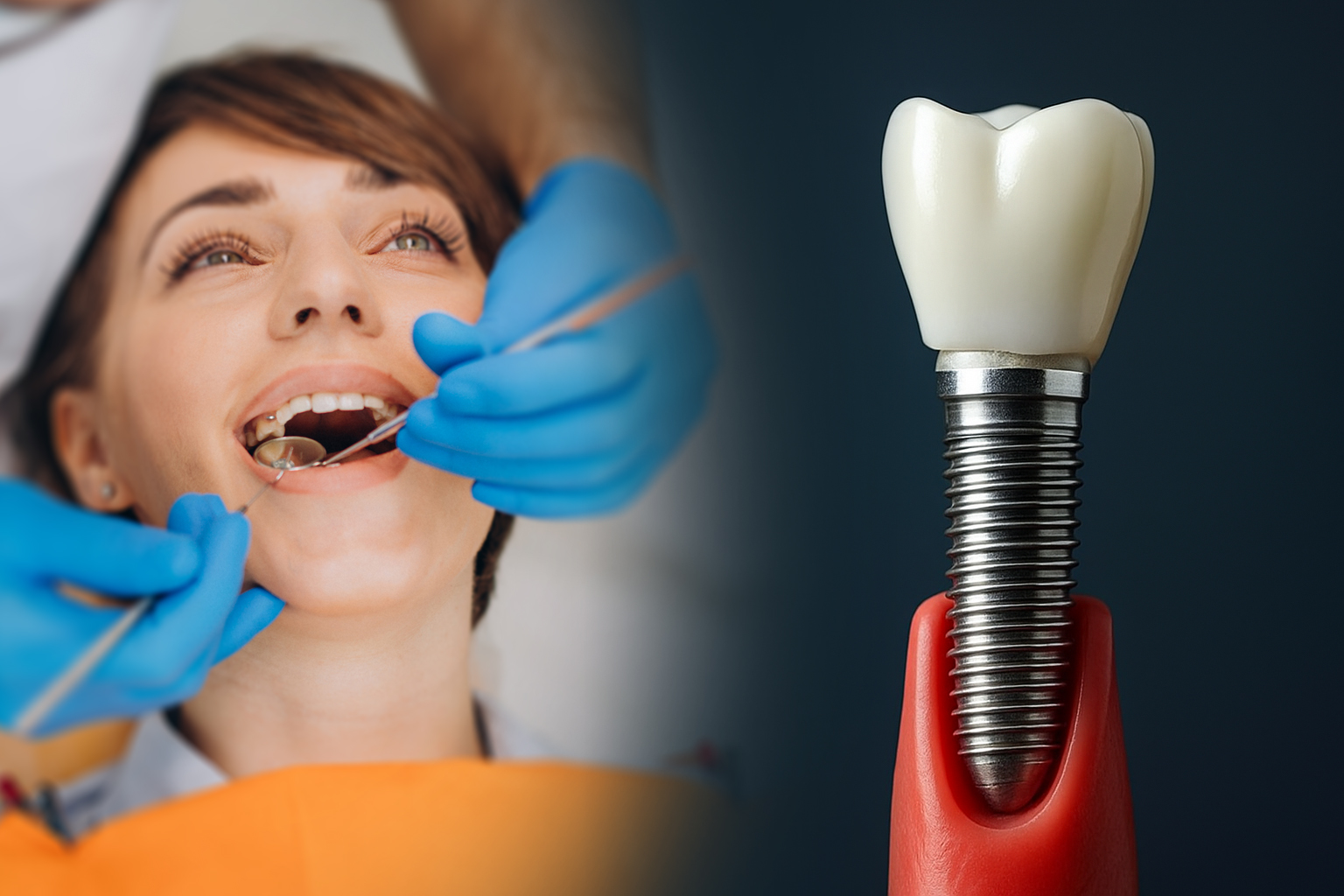
Thinking about dental implants? You might be curious about the costs and options in the United States and Turkey. Both places have top-notch dental implant services. But, there are big differences in prices and what’s included in the treatment.
Dental implant prices vary a lot between the United States and Turkey.
Average Costs
| Location | Price per Implant |
|---|---|
| United States | $3,000 – $4,500 |
| Turkey | $300 – $900 |
Some clinics in Turkey offer special deals. These include hospital stay, dental care, and vacation packages. This makes Turkey a great choice for dental tourism.
Insurance Coverage
U.S. insurance may cover part of the cost. Turkish clinics often require out-of-pocket payment.
Safety Standards
Both countries follow strict dental regulations. Choose licensed clinics with strong reputations.
Dental Tourism Planning for Implant Treatment
Thinking about dental tourism in Turkey for implants? Do your homework. Look for well-known clinics, check the dentists’ qualifications, and think about the total cost. This includes travel and staying there. Some clinics have
all-inclusive packages to make things easier.
Final Thoughts
Dental implants are a reliable, long-term solution for missing teeth. From your first consultation to the final fitting, each step plays a crucial role in success.
With proper planning, skilled professionals, and careful recovery, you’ll enjoy a natural-looking smile and restored confidence.
FAQ
The dental implant treatment has several stages. First, there's the initial consultation. Then, there's the evaluation and diagnostic process. Next, the implant is placed. After that, the bone integrates with the implant. The abutment is placed, and the final restorations are added.
Dental implants work by integrating with the bone through osseointegration. This process provides a stable base for artificial teeth.
Dental implants improve oral function and look. They also help keep surrounding teeth healthy. This makes them a top choice for tooth replacement.
Good health, enough bone density, and healthy gums are key. These are the main requirements for dental implants.
Osseointegration takes several months. During this time, the implant bonds with the bone. This creates a strong base for the final tooth.
Dental implant costs vary between the U.S. and Turkey. Turkey often has lower prices. But, it's important to look at quality and safety too.
Before surgery, you need medical clearance and might need to adjust your meds. You also need to prepare your home for recovery. These steps help ensure a smooth surgery.
Digital planning technology is key in planning dental implants. It helps dentists create detailed plans and check the implant's placement. This ensures the best results.
Recovery involves following a timeline and using pain management. You should also stick to a diet and keep your mouth clean. These steps help with healing.
Some medical conditions or meds might affect your eligibility. It's important to talk to your dentist about your health. They can determine if implants are right for you.
There are many types of dental implants. They vary in material, size, and shape. Your dentist will choose the best one for you.

This article has been reviewed by a certified dental specialist Oguzhan Sunar for medical accuracy


